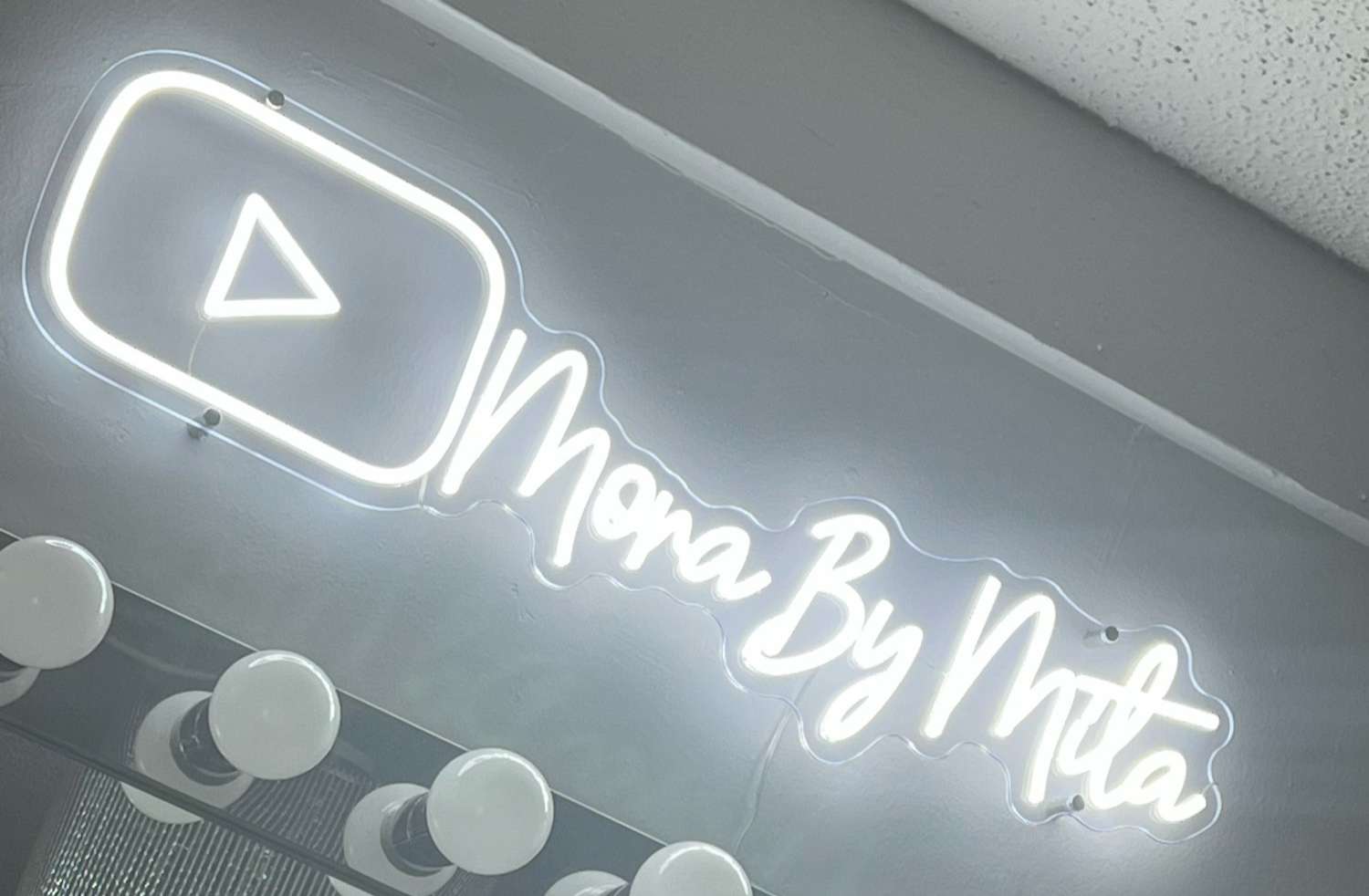From Humble Beginnings to Iconic Art Pieces
The history and evolution of neon signs
Neon signs have a rich history that dates back to the early 20th century. They first emerged in the 1910s when French engineer Georges Claude invented the neon lamp, which allowed for the creation of vibrant illuminated signs. These early neon signs quickly gained popularity, especially in cities like Paris and New York, where they adorned storefronts and transformed urban landscapes.
Over time, neon signs evolved from simple advertising tools to iconic art pieces. In the mid-20th century, they became synonymous with the glitz and glamour of Las Vegas, adorning the city's famous Strip with their dazzling lights. Neon signs also played a significant role in shaping the aesthetic of other major cities around the world.
The craftsmanship behind neon sign production
Creating customized neon signs is a meticulous process that requires skilled artisans and specialized techniques. It starts with bending glass tubes into specific shapes using intense heat and precision. These tubes are then filled with noble gases like neon or argon, which emit different colors when electrified.
The craftsmanship involved in producing these signs is truly an art form. Each bend and curve is carefully crafted by hand to bring a design to life. Skilled artisans work with precision tools and techniques passed down through generations to ensure that every detail is perfect.
From designing the layout to selecting colors and fonts, every aspect of creating a customized neon sign requires careful consideration. The result is a unique piece that combines craftsmanship, creativity, and technology to produce an iconic symbol of artistry.



